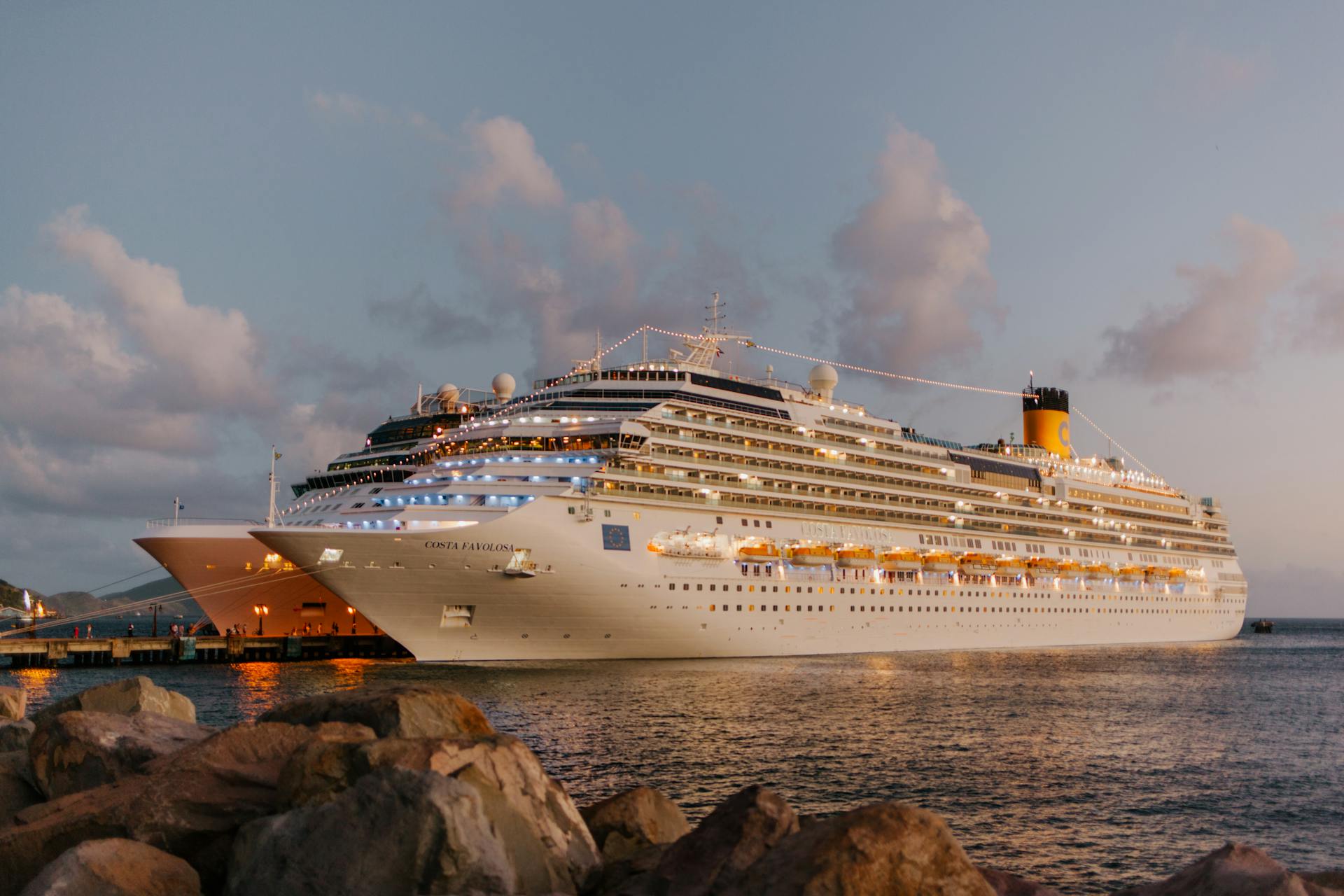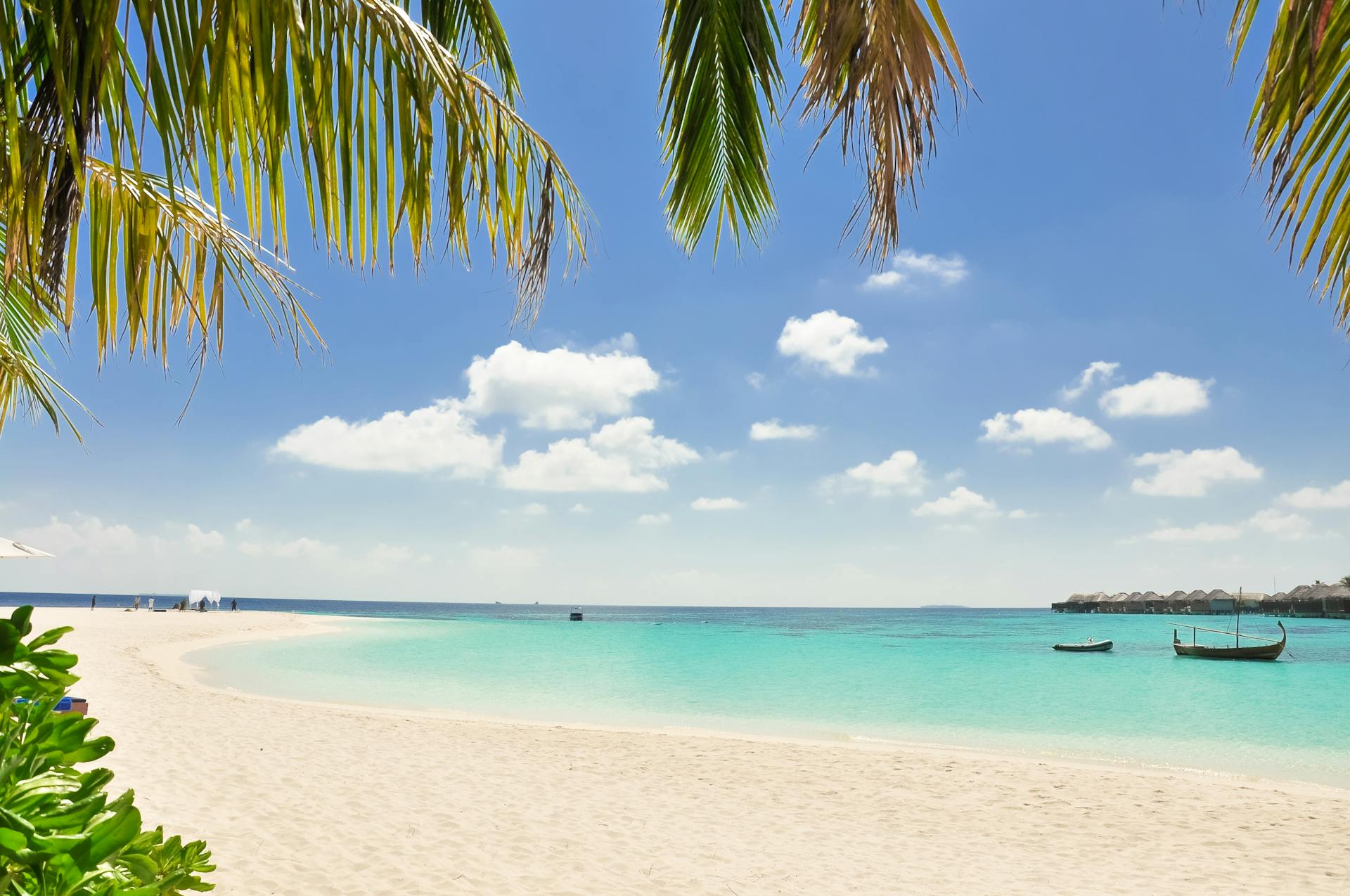As the world wakes up to the urgent need for environmental stewardship, the allure of eco-friendly travel has never been stronger. Among the growing trends, sustainable cruising stands out, offering a way to explore the world’s oceans without leaving a trail of ecological destruction in your wake.
Eco-friendly cruises represent a new frontier in responsible tourism, merging the luxury of traditional sea voyages with cutting-edge sustainability practices. These innovative journeys prioritize the health of our planet, ensuring that travelers can indulge in the beauty of the seas while minimizing their environmental impact.
Choosing a sustainable cruise isn’t just about enjoying guilt-free luxury; it’s a vital step toward preserving the delicate marine ecosystems that make these voyages so extraordinary. By opting for eco-friendly cruises, travelers contribute to reducing carbon footprints, protecting marine life, and supporting conservation efforts—all while experiencing the unmatched elegance and adventure of a high-seas escape.
1. Understanding Eco-Friendly Cruises
Definition: Eco-friendly cruises are redefining what it means to set sail on the open seas. Unlike traditional cruises, which often leave a significant environmental footprint, eco-friendly cruises are designed with sustainability at their core. These cruises prioritize the use of alternative fuels, such as liquefied natural gas (LNG) and biofuels, to reduce greenhouse gas emissions and minimize their impact on the environment. Additionally, energy-efficient technologies, including solar panels and wind turbines, are often integrated into the ships’ design to further reduce reliance on fossil fuels.
Key Elements: The commitment to sustainability on eco-friendly cruises extends beyond fuel choices. These ships are equipped with advanced waste management systems, ensuring that waste is treated, recycled, or repurposed rather than being dumped into the ocean. Water conservation efforts are also paramount, with ships employing sophisticated wastewater treatment technologies to protect marine ecosystems. Moreover, eco-friendly cruises emphasize sustainable tourism practices during shore excursions, encouraging guests to engage in activities that support local communities and preserve the natural environment.
Certifications: To ensure these practices are upheld, many eco-friendly cruise lines seek eco-certifications such as Green Marine, Clean Shipping Index, and other recognized standards. These certifications validate a cruise line’s commitment to sustainability, giving travelers peace of mind that their voyage is as environmentally responsible as it is luxurious.
2. Benefits of Choosing an Eco-Friendly Cruise
Environmental Impact: One of the most compelling reasons to choose an eco-friendly cruise is the significant reduction in environmental impact. By opting for cruises that use cleaner fuels and advanced waste management systems, travelers contribute to lowering carbon emissions and protecting marine life. These sustainable practices help preserve the beauty of the oceans and the delicate ecosystems that thrive within them, ensuring that future generations can also experience the wonders of the sea.
Support for Conservation Efforts: Beyond reducing their own footprint, many eco-friendly cruise lines actively support marine conservation and research initiatives. These companies often partner with environmental organizations to fund research, protect endangered species, and restore critical habitats. By choosing an eco-friendly cruise, travelers can feel confident that they are contributing to the preservation of the marine environment they’ve come to explore.
Enhanced Experience: Eco-friendly cruises offer more than just a guilt-free way to travel; they also provide unique and immersive experiences that traditional cruises often overlook. From wildlife watching to guided eco-tours, these cruises allow passengers to connect with nature in meaningful ways. Whether it’s learning about coral reef restoration or participating in sustainable fishing practices, eco-friendly cruises offer travelers the chance to engage with the environment and local cultures on a deeper level, making their journey both educational and enriching.
3. Top Eco-Friendly Cruise Lines
A. Hurtigruten
Overview: Hurtigruten, a Norwegian cruise line, is at the forefront of environmentally responsible sea travel. Known for its adventurous expeditions to the Arctic and Antarctic regions, Hurtigruten has made significant strides in reducing its environmental impact while offering unforgettable experiences in some of the world’s most pristine environments.
Sustainable Practices: Hurtigruten’s commitment to sustainability is evident in its use of hybrid-powered ships, which combine LNG with battery technology to significantly reduce emissions. The company has also eliminated single-use plastics across its fleet and partners with scientific research organizations to support marine conservation efforts. By sailing with Hurtigruten, passengers are directly contributing to these important environmental initiatives.
Destinations: Hurtigruten specializes in expeditions to the Arctic, Antarctic, and Norwegian fjords, offering passengers a chance to explore remote and untouched landscapes while learning about the importance of environmental stewardship in these fragile regions.
B. Ponant
Overview: Ponant, a French luxury cruise line, is dedicated to sustainable yachting, blending elegance with environmental responsibility. With a fleet of small, eco-designed ships, Ponant offers exclusive voyages to some of the world’s most beautiful and remote destinations, all while minimizing their ecological footprint.
Sustainable Practices: Ponant’s ships are powered by LNG and equipped with advanced waste treatment systems, ensuring that their operations have minimal impact on the environment. The company also meticulously plans its itineraries to avoid sensitive marine areas, further reducing its ecological footprint. Ponant’s commitment to sustainability is reflected in every aspect of its operations, from eco-friendly ship design to the promotion of responsible tourism.
Destinations: Ponant’s eco-friendly cruises take passengers to polar regions, tropical islands, and remote coastal areas, offering a unique blend of luxury and environmental consciousness. Whether exploring the icy waters of Antarctica or the secluded beaches of the Seychelles, Ponant’s guests can enjoy a sustainable and immersive travel experience.
C. Lindblad Expeditions
Overview: Lindblad Expeditions, in partnership with National Geographic, offers eco-conscious adventure cruises that emphasize exploration, education, and conservation. Known for its commitment to protecting the environment, Lindblad provides travelers with opportunities to explore some of the world’s most incredible natural wonders while supporting sustainability initiatives.
Sustainable Practices: Lindblad operates carbon-neutral cruises, offsetting their emissions through a variety of environmental projects. The company also emphasizes the use of sustainable seafood onboard and actively supports local conservation efforts in the regions they visit. By sailing with Lindblad, travelers are not only enjoying a unique adventure but also contributing to the preservation of the planet’s most precious ecosystems.
Destinations: Lindblad Expeditions takes travelers to iconic destinations such as the Galápagos, Antarctica, and Alaska, where they can engage in responsible wildlife watching, learn from naturalists, and participate in conservation-focused activities.
D. MSC Cruises
Overview: As one of the world’s largest cruise lines, MSC Cruises is committed to leading the industry in sustainability. With a focus on innovation and environmental responsibility, MSC Cruises offers a range of eco-friendly options for travelers seeking both luxury and sustainability.
Sustainable Practices: MSC Cruises has invested in LNG-powered ships and advanced wastewater treatment systems to reduce their environmental impact. The company has also implemented comprehensive plastic reduction programs and continues to develop new technologies aimed at enhancing the sustainability of its operations. MSC Cruises’ dedication to the environment is evident in its ambitious goals for reducing carbon emissions and promoting sustainable practices across its fleet.
Destinations: MSC Cruises offers eco-friendly voyages to the Mediterranean, Caribbean, and Northern Europe, allowing passengers to explore these beautiful regions while knowing that their journey is designed with sustainability in mind.
4. How to Choose the Right Eco-Friendly Cruise
Researching Sustainability Practices: When selecting an eco-friendly cruise, it’s crucial to investigate each cruise line’s sustainability practices thoroughly. Key factors include the type of fuel used by the ships, the efficiency of their waste management systems, and their energy-saving technologies. Look for detailed information on how the cruise line minimizes its environmental impact and whether it adheres to recognized eco-certifications.
Considering Destinations: Opt for cruises that visit protected marine areas and offer eco-friendly shore excursions. Cruises that prioritize destinations with robust environmental protection efforts ensure that your travel experience supports conservation and reduces harm to sensitive ecosystems. Check if the cruise line offers excursions that engage with and benefit local communities while minimizing environmental impact.
Evaluating Onboard Programs: Assess the eco-friendly initiatives and educational programs offered onboard. Look for cruises that provide opportunities for passengers to learn about marine conservation, participate in sustainability workshops, or engage in environmental research projects. These programs not only enhance the travel experience but also foster a greater understanding and appreciation of the natural world.
Certifications and Reviews: Verify the eco-certifications held by the cruise line, such as those from Green Marine or Clean Shipping Index, which validate their commitment to sustainable practices. Additionally, reading passenger reviews can provide insights into the cruise line’s genuine commitment to sustainability and the quality of their eco-friendly efforts.
5. Preparing for an Eco-Friendly Cruise
Packing Tips: Prepare for your eco-friendly cruise by packing sustainable travel essentials. Bring reusable water bottles, eco-friendly toiletries, and minimal plastic items to reduce waste. Consider using biodegradable or recyclable materials for your travel needs and pack light to minimize the cruise’s overall environmental footprint.
Onboard Behavior: Adopt responsible travel practices while onboard to further support the cruise line’s sustainability efforts. Reduce water and energy use in your cabin by taking shorter showers and turning off lights and electronics when not in use. Follow the cruise line’s guidelines for waste disposal and recycling to contribute to their environmental goals.
Shore Excursions: Choose eco-friendly shore excursions that support local communities and preserve the environment. Opt for activities that have minimal impact on natural habitats, such as guided nature walks, wildlife observation, and visits to community-based projects. Avoid excursions that contribute to overtourism or damage sensitive areas.
6. The Future of Eco-Friendly Cruising
Innovations in Sustainable Cruising: The future of eco-friendly cruising is marked by ongoing innovations in ship design and technology. Advances include the development of zero-emission vessels, improvements in waste management systems, and the integration of renewable energy sources. These innovations aim to further reduce the environmental impact of cruising and enhance the overall sustainability of the industry.
Growth in Demand: As awareness of environmental issues grows, the demand for eco-friendly cruises continues to rise. Travelers are increasingly seeking options that align with their values and contribute to sustainability. This shift in consumer preference is driving cruise lines to adopt more rigorous environmental practices and offer more eco-conscious options.
Cruise Industry’s Role in Conservation: The cruise industry plays a significant role in global marine conservation efforts. Many cruise lines are actively involved in funding research, supporting marine protected areas, and promoting sustainable tourism practices. As the industry evolves, its contributions to environmental conservation and sustainable tourism will become increasingly important.
7. Conclusion
Eco-friendly cruises offer a unique way to explore the world’s oceans while supporting environmental sustainability. By choosing an eco-friendly cruise, travelers can enjoy luxurious sea voyages without compromising their commitment to preserving the planet. These cruises provide a responsible alternative to traditional cruising, allowing passengers to experience the beauty of the seas while contributing to vital conservation efforts.
As you plan your next sea voyage, consider opting for an eco-friendly cruise to make a positive impact on the environment. By supporting cruise lines that prioritize sustainability, you help ensure that future generations can continue to enjoy the wonders of the ocean. Embrace the opportunity to travel responsibly and be a part of the movement towards a more sustainable future for cruising.



